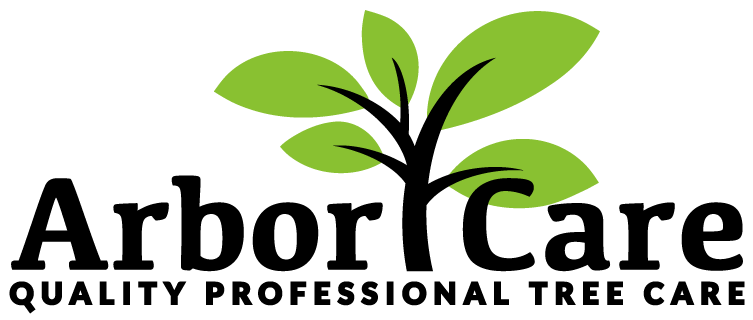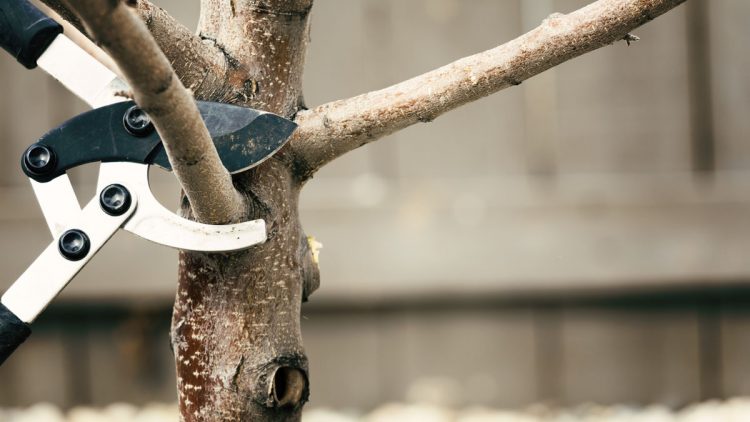Tree pruning is a horticultural practice where you selectively remove certain parts of a tree, such as branches, buds and roots. Read on to learn more.
Reasons to Prune
Each cut can change the overall growth of the tree, no branch should be removed unless it is needed. Reasons for pruning are for the removal of dead branches, to reduce risk of falling branches. Trees can also be pruned to allow more light and air penetration to the landscape or ground below the tree. In some cases, mature trees are pruned as corrective or preventative steps.
When to Prune
Most regular pruning to remove disease-ridden, dead or weak libs can be completed at any time of the year. Generally, wound growth and closure are increased if pruning takes place prior to the spring growth flush. A couple of tree diseases, like oak wilt, develop when pruning wounds, providing access to pathogens.
Pruning Techniques
Certain types of pruning may be necessary to manage an adult tree in a healthy, safe, and appealing condition.
Cleaning is removing dead, dying, diseased-ridden, weakly joined, and low-strength branches from the crown of the tree.
Thinning is selective branch removal to improve the tree structure and to increase light penetration and air movement throughout the crown. Correct thinning opens up the foliage of a tree, lessens the weight on more substantial limbs, and helps keep the tree’s natural shape.
Raising removes lower branches from a tree to allow clearance for buildings, vehicles, and people.
Reduction reduces the size of a tree, usually for utility line clearance. Reducing a tree’s height or spread is generally done by pruning back the tree leaders, and branch ends to secondary branches that are sufficiently large enough to take over the terminal roles. In comparison to topping, reduction helps keep the form and structural durability of the tree.
Pruning Young Trees
Robust primary branches should be created while the tree is still young. These limbs are known as scaffold branches and are the groundwork for a mature tree. Properly trained young trees will develop a strong structure needing less corrective pruning as they age. For a lot of young trees, try to keep a single dominant leader growing upwards. Don’t prune back the tip of this leader or let secondary branches exceed the central leader.
Pruning Palms
Palm pruning removes dying or dead flowers, fronds and/or fruiting clusters. Pruning is typically conducted at least twice a year. Coconuts can be pruned as frequently as every 3 to 4 months to minimize the risk of injury or damage from falling coconuts. It is best for the palm if green fronds remain unharmed. Palms that are over pruned may have a slower growth rate and can attract pests. Climbing spikes should not be used to climb palms for pruning because they harm the palms trunk.
Please Don’t Top Trees!
Topping is the most harmful tree pruning technique known. Yet, regardless of more than 25 years of literature detailing its adverse effects, topping continues to be a commonly used Topping is the cutting of tree branches into stubs or to sideway branches that are not substantial enough to take on the terminal role.
Topping Alternatives
Every now and then a tree must be reduced in height or spread, like for clearing utility lines. There are suggested techniques for doing so. If larger limbs are required to be shortened, it should be pruned back to a sideways branch. This technique of branch reduction preserves the natural form of the tree. However, if significant cuts are needed, the tree may not be able to close over and let its wounds compartmentalize.
Tree Removal Services In The Phoenix, Arizona
If you need tree removal services anywhere in the Phoenix Valley, give Arbor Care a call today at (480) 797-5566 or receive a free tree removal estimate in Phoenix. Our Service area includes: Phoenix, Tempe, Chandler, Gilbert, Mesa, Tempe, Scottsdale, Glendale, Peoria, and Surprise, Arizona.





